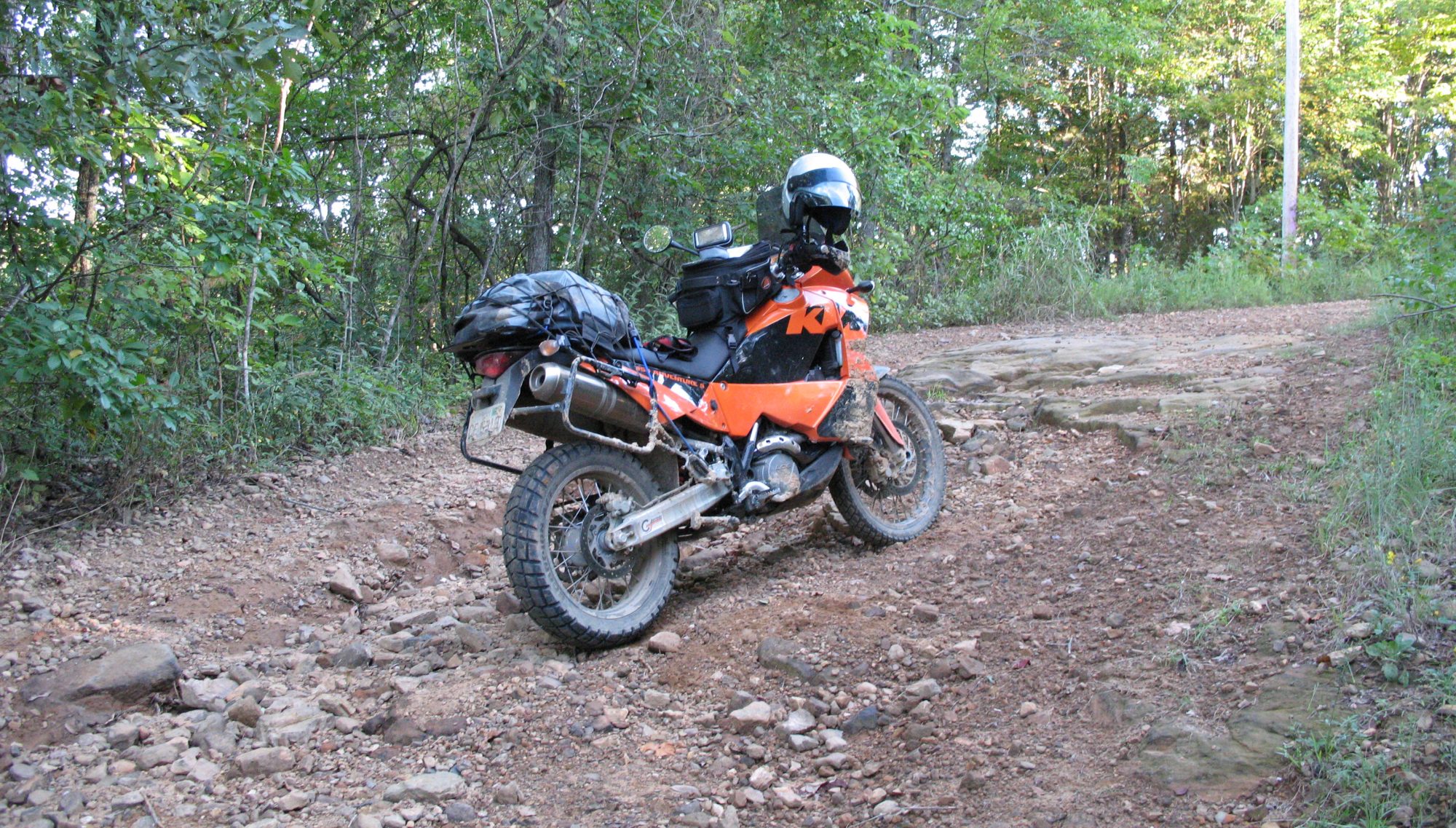Today is the day. I’m meeting a friend, Mike, at this house at 5:30pm for a ride into town, a quick bite for dinner, and back. From my house to his is 11 miles, and town is another 5 miles from his house. I decided to take the LeMond. I received the headset spacers a couple of days ago and those were the last parts I needed. The LeMond is completely finished.
The ride to Mike’s was great. The bike is steady hands-off, pedaling or coasting. No issues that I could notice. The Reynolds 853 steel frame is nice, less jarring than the CAAD8 that I usually ride. Braking action is good, no real difference between this bike and the CAAD8. Both sets of rims have machined sidewalls. and both brakes are dual-pivot so the differences should be minimal. Shifting is crisper on the LeMond, probably because I should lube (or replace) the chainstay to rear derailleur housing on the CAAD8. It’s now got about 2500 miles on the current cables/housings with no adjustments needed in that period of time.
There are some rolling hills on the route, but nothing really noteworthy. I was really happy with the wheels. If you’ve not read about them, these are the first set of wheels I built – laced, trued, tensioned. 3-cross on the front wheel, 3-cross NDS / 2-cross DS on the rear wheel. The wheels are still true! The sunlight reflecting off the polished silver rims and glinting off the stainless spokes reminds me of an old Huffy 10-speed and bicycle adventures too many years ago to count.
There is a certain amount of pride when you’re riding a bike that you built, and this ride was definitely a special one. 32 miles isn’t a terribly long ride, but it was definitely long enough for problems to surface – and there were none.
I haven’t worked out all of the details of the next project, but look for an 5-speed IGH and drum brakes. Hint, hint.













